TechRadar Verdict
The Grado GW100s sound stunning, with a wide, warm soundstage, but they won’t work for commuting or listening in communal areas.
Pros
- +
Fantastic audio quality
- +
Cool retro design
- +
Comfortable
Cons
- -
Heavy sound leakage
- -
Slightly flimsy build
Why you can trust TechRadar
Brooklyn-based company Grado has been in the audio game for a long time, making a splash in the 1950’s with its pioneering phono catridges. It wasn’t until the early 1990’s that Grado branched out into headphones, and it has been gradually refining its flagship on-ear headphone series ever since.
While the company is well-known for creating high-quality, warm-toned headphones, it’s taken them some time to jump on the wireless headphones bandwagon. But, Grado finally cut the cord with the launch of the GW100 Wireless open-back headphones – which, it claims, are the first-ever.
The question is, can Grado retain its reputation for fantastic audio quality without the wire? Here’s what we thought of its latest pair of cans.
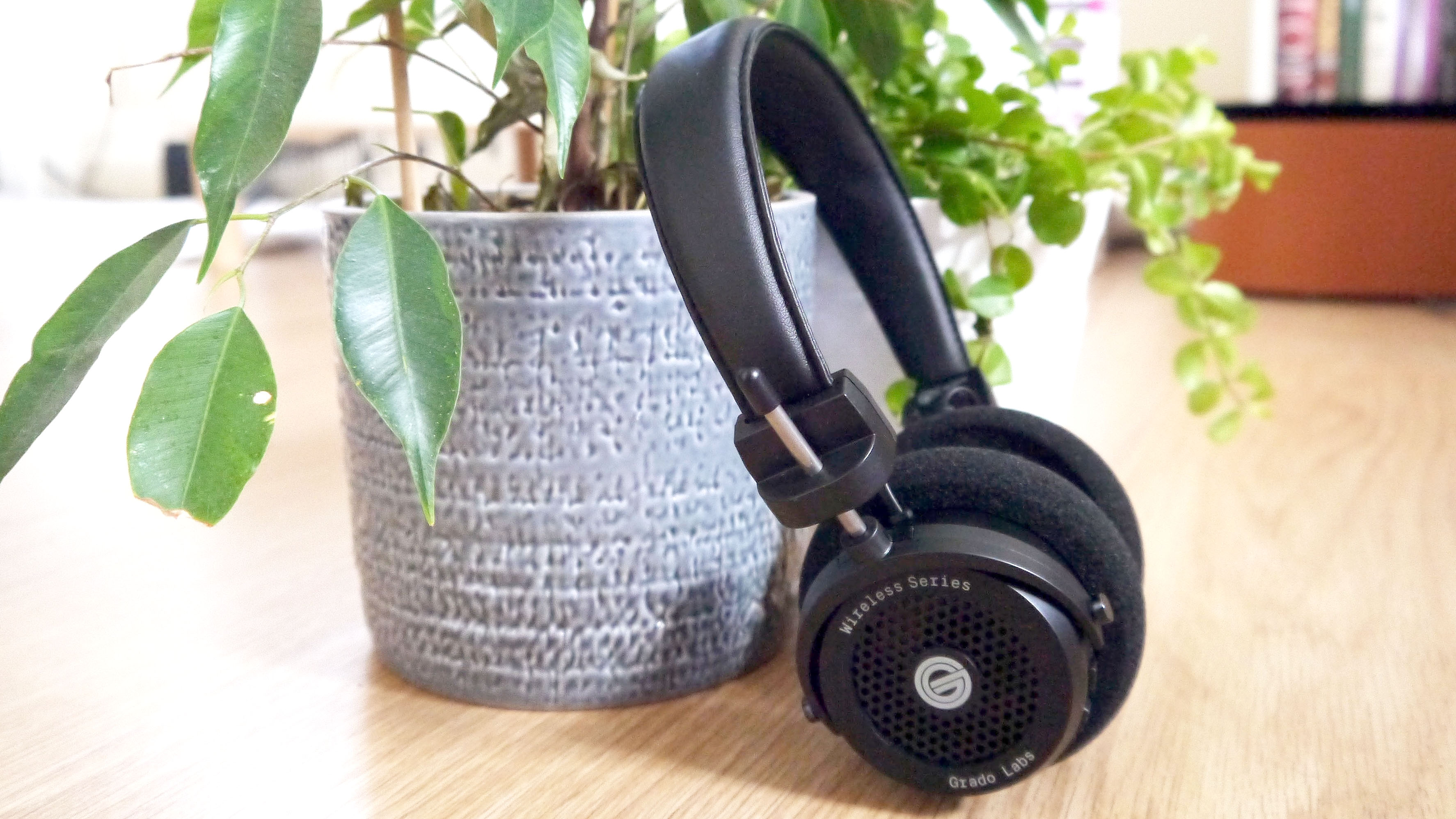
Price and availability
The Grado GW100s are available to buy for $249.99 (£199.95 / AU$365), sitting at the higher end of the price scale compared to some of the best on-ear headphones we’ve reviewed.
Generally, for a high-performing pair of wireless on-ear headphones, you’ll need to fork out anything from $100 to as much as $450 (if you’re after a luxury listening experience, check out the Master & Dynamic MW50 Wireless).
At double the price of some of their closest competitors, the Grado GW100s should far surpass them in terms of design, features, and audio performance – thankfully, they mostly do.
Design
The first thing you’ll notice about the Grado GW100s is that they are on-ear, or ‘supra-aural’ headphones. This means that the cushions sit on, rather than over, your ears, which makes them more compact and travel friendly than chunky over-ear cans.
Conversely, they're usually more comfortable to wear for long periods than in-ear headphones. In other words, supra-aural headphones represent a comfortable mid-point between your clunky noise-cancelling over-ears and the tiny in-ear buds you wear for working out.
The Grado GW100s carry on the distinctive retro design of the Grado Prestige series of headphones, with an all-over black design with aluminum hardware.
Made out of metal and plastic, they are extremely lightweight, but they do feel rather flimsy; we wouldn’t feel comfortable just chucking them into our bag, and for the price, you may expect a sturdier construction.
The headband is similarly lightweight, and feels comfortable and soft even after long listening sessions.
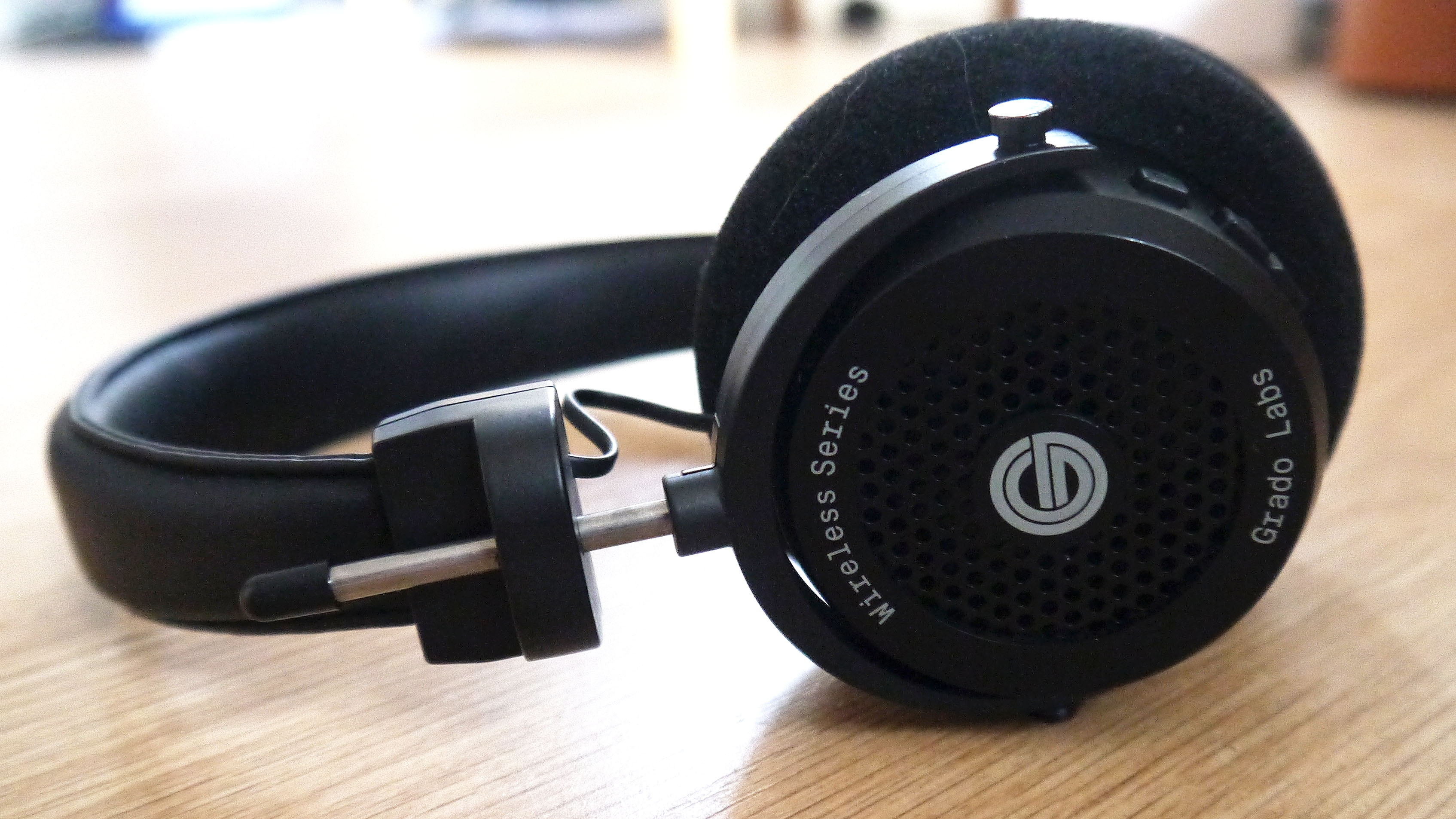
The earpads are made from foam, and they don’t feel particularly strong; however, they are extremely comfortable to wear. They also pop off of the cups quite easily, which can be annoying if you have to root around in the bottom of your bag for a missing cushion.
As the Grado GW100s are open-back headphones, the grille is exposed on the rear of the enclosure on each cup, which allows sound and air to move more freely in and out of the cups which improves the sound (but more on that later).
Surrounding each grille you’ll find the brand and series name in an attractive typewriter-style font, adding to the retro appeal of the headphones, as well as the Grado logo in the middle of each grille.
Overall the Grado GW100s look very attractive, but the vintage design won’t appeal to everyone. If you prefer your headphones to look a little more futuristic, you may want to try headphone brands like Sony or Bose, whose headphones typically sport a sleeker, more transportation-friendly design.
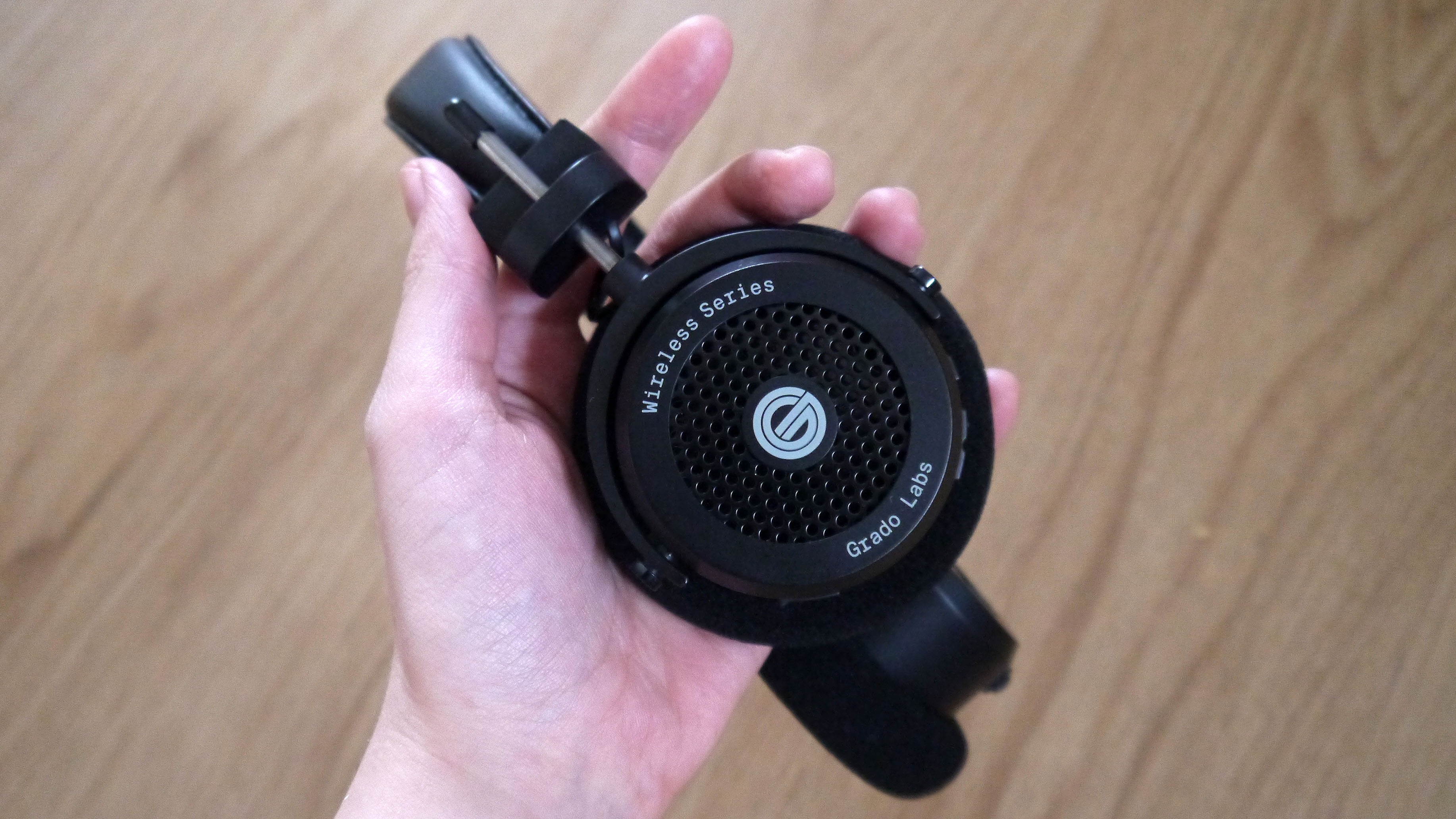
Features and performance
Grado’s SR60i open-back headphones are currently our favorite over-ear headphones, but can the new wireless model live up to its wired predecessor?
Like all Grado headphones, the GW100s feature an open-back design, which means the grilles are completely exposed on the outside of the earcups, allowing the drivers to direct sound both in and out of the cups.
In closed cup headphones, this sound is trapped inside the cup, which is fantastic for noise isolation, but can lead to a narrow soundstage that makes it feel as if your music is coming directly from your own head – not exactly a natural mode of listening.
In contrast, the free movement of sound in and out of the cups of open-backed headphones means the soundstage feels far wider, as if you’re listening to a musician play in a normal room. This is heightened by the supra-aural design of the GW100s, which further reduces the closed-off feeling you can get from closed-back headphones.
With the GW100s, the effect of the open-backed design is to deliver a stunningly natural representation of your music, with a warm, expansive soundstage - and with aptX Bluetooth, the audio is of high quality.
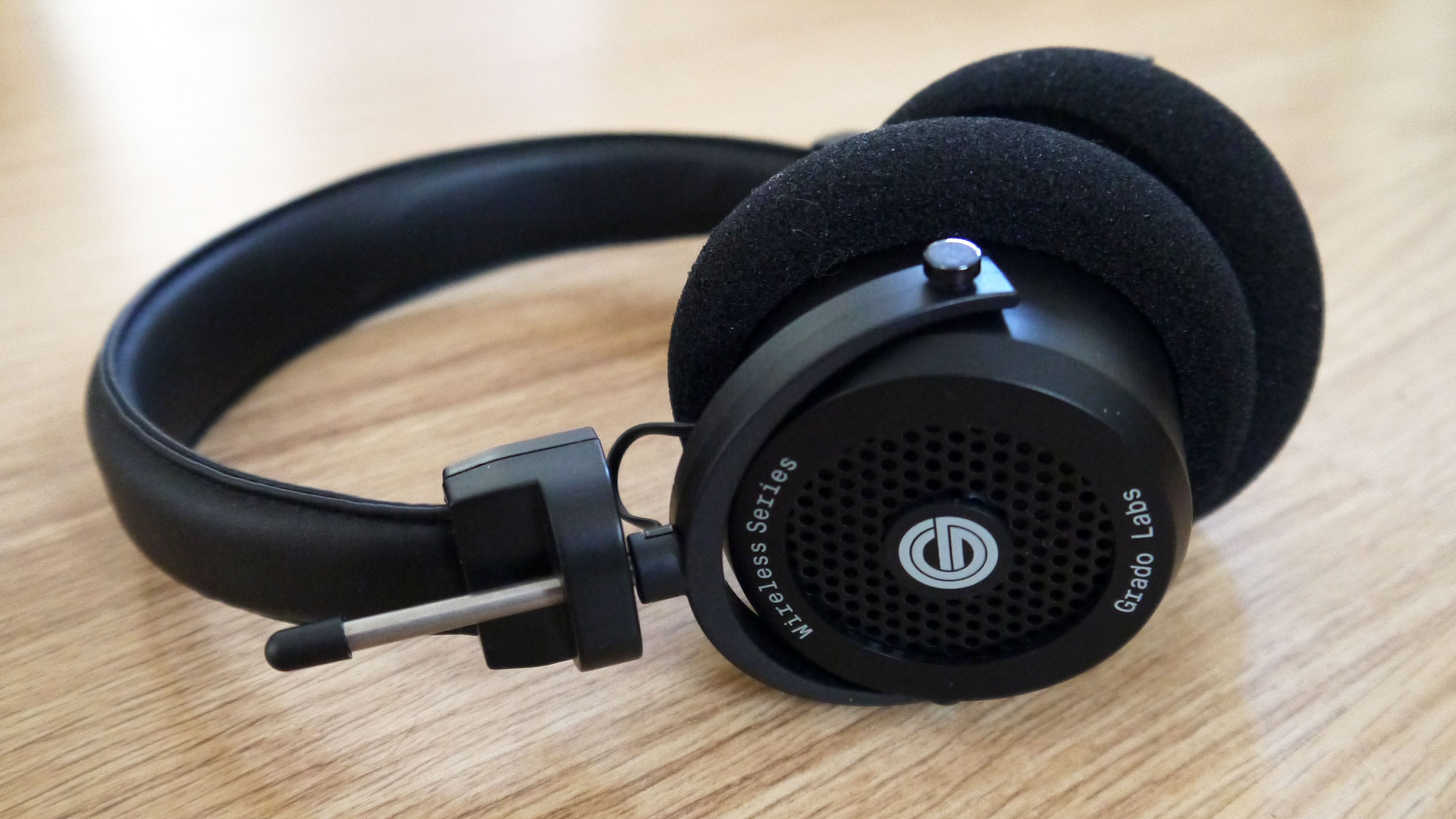
We tested them out on Sufjan Steven’s 2015 album ‘Carrie & Lowell’, and we were blown away by the spaciousness of the soundstage. Tumbling folk guitar arpeggios sound detailed and smooth, while strings and synths have a generous and warm quality.
But, where the GW100s really shine is in the vocals; the choral and close harmony vocals soar triumphantly above the other frequencies while Steven’s almost-whispered melodies sound devastatingly authentic thanks to that wide soundstage.
We went with something a little bassier to see how the GW100s handle lower frequencies, so we stuck on Childish Gambino’s ‘IV. Sweatpants’, which features knee-shaking sub synths and thumping percussion – and we weren’t disappointed.
Bass frequencies sound powerful and extended, but don’t overpower the other frequencies, leading to a well balanced overall sound.
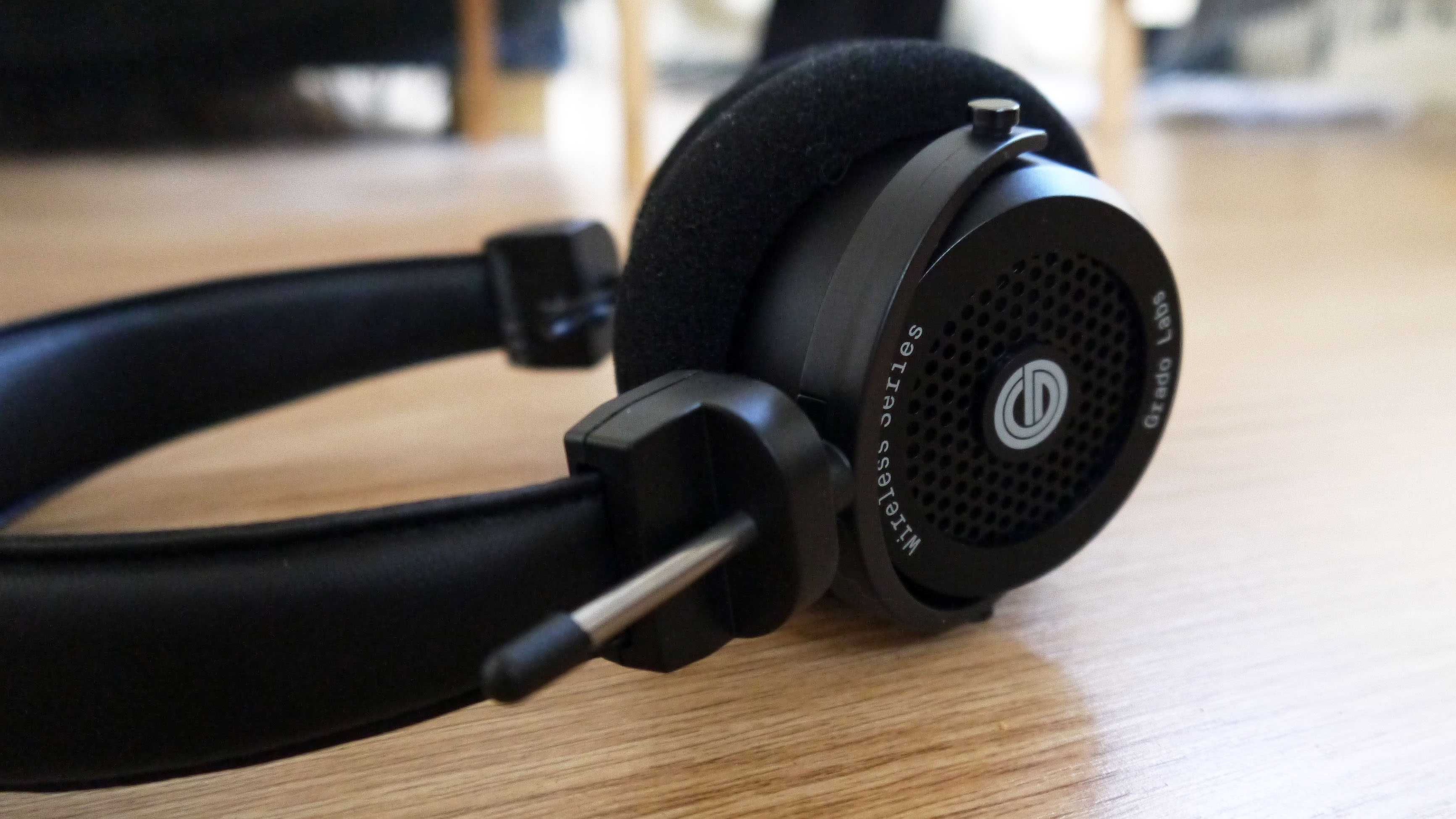
One of the main drawbacks of open-back headphones is that you get a lot of sound leakage, both in and out of the cups, which makes them unsuitable for listening outside of your home; you’ll be able to hear most of your surroundings and, worse, fellow passengers will be able to hear what you’re listening to pretty clearly.
This means the GW100s are really only suitable for listening to music alone in a quiet room – which begs the question, why make them wireless if they aren’t suitable for listening on the move?
You could use them while pottering around the house, but if you are an audiophile (which is likely if you opt for open-back headphones), you’ll probably want to use the included AUX wire for a higher quality sound anyway.
Even if we can't wrap our heads around the wireless functionality, we found the GW100s were easy to connect to our smartphone, and they have a wireless range of 10 meters. Battery life is around 15 hours if you’re listening at a “moderate” volume, but you can expect this to drop off if you like to crank your music loud.
The inbuilt microphone is fine for summoning your device’s voice assistant, but when we tried calling a friend, they mentioned that the audio quality wasn’t great, and they sometimes struggled to hear us.
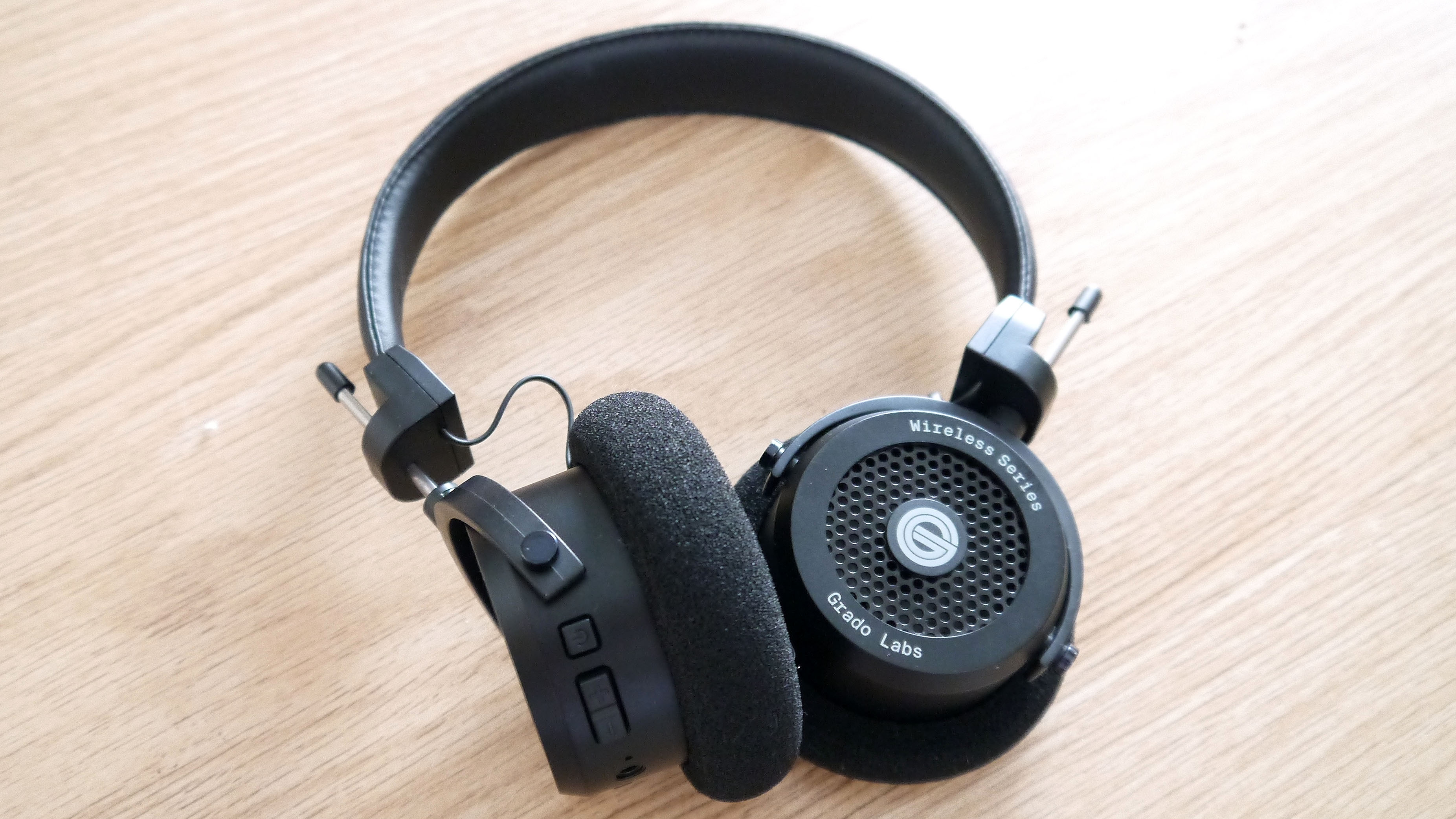
Final verdict
The Grado GW100s sound absolutely stunning; they boast an immersive, wide soundstage, clear highs, smooth mids, and extended bass frequencies. They also look great, with a kitsch, retro design that recalls Grado’s humble beginnings in 50’s Brooklyn – but, that said, that vintage-style look won’t appeal to everyone, and they do feel a little flimsy.
Although the Bluetooth connection works very well, we are struggling to understand the need for a wireless pair of open-back headphones; particularly if the design makes them unsuitable for commuting or listening in communal areas. Still, having the option to listen wirelessly is undeniably convenient when you’re pottering around the house, and audiophiles can use them with an AUX cable if they prefer.
Overall, we feel the Grado GW100s are designed for a fairly niche market of audiophiles who crave a wide, natural sound, and who do the majority of their music listening at home. If that sounds like you, you will probably love the Grado GW100s. If not, you may want to look at closed-back models instead.
Olivia was previously TechRadar's Senior Editor - Home Entertainment, covering everything from headphones to TVs. Based in London, she's a popular music graduate who worked in the music industry before finding her calling in journalism. She's previously been interviewed on BBC Radio 5 Live on the subject of multi-room audio, chaired panel discussions on diversity in music festival lineups, and her bylines include T3, Stereoboard, What to Watch, Top Ten Reviews, Creative Bloq, and Croco Magazine. Olivia now has a career in PR.

